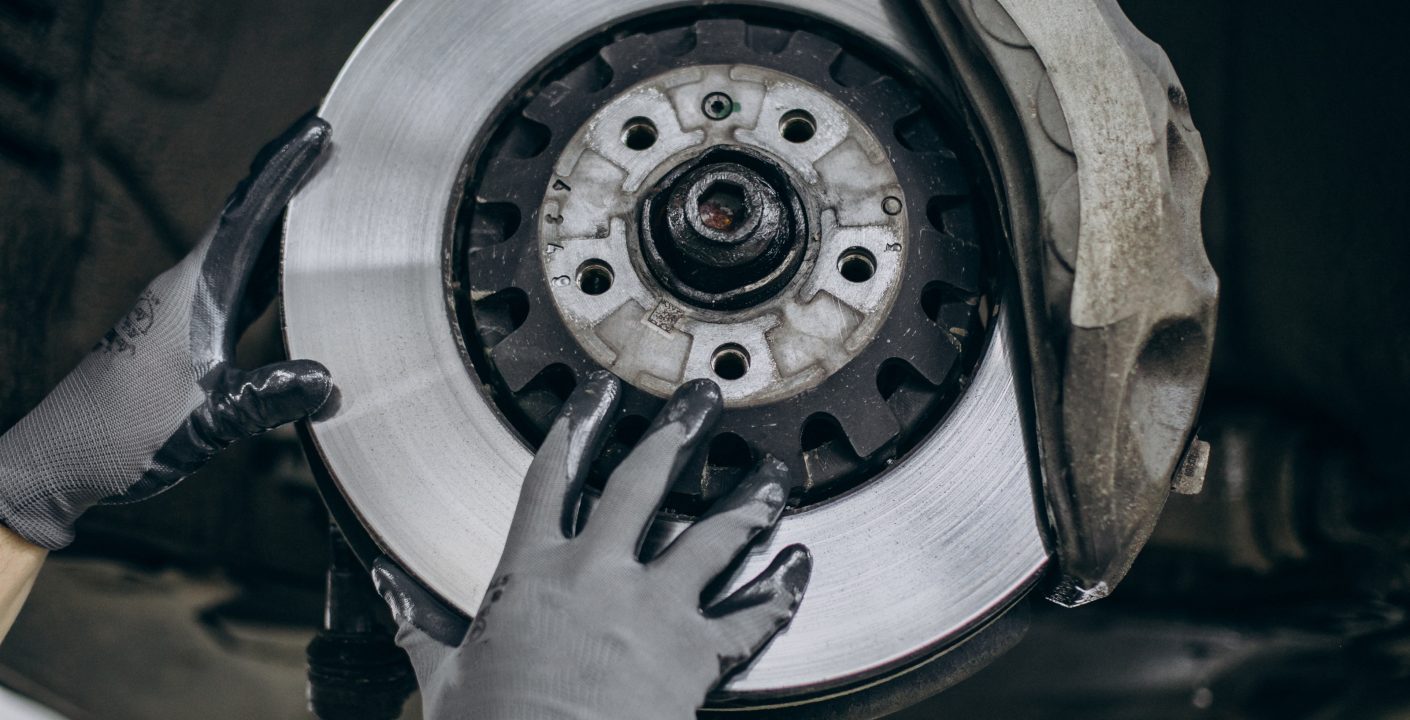Your car’s braking system is crucial for your safety and the safety of others on the road. Regular maintenance of your brakes is key to ensuring optimal performance, and one of the critical components that require attention is the brake pads. Fortunately, modern vehicles come equipped with brake pad wear indicators to help drivers stay ahead of brake issues. In this blog post, we’ll explore brake pad wear indicators, how they work, and why they are vital for your vehicle’s safety.
What Are Brake Pad Wear Indicators?
Brake pad wear indicators are features designed to notify you when your brake pads are nearing the end of their useful life. These indicators serve as a warning system to let you know it’s time to replace the brake pads before they wear down too much and compromise your braking performance. There are two main types of brake pad wear indicators: mechanical and electronic.
1. Mechanical Wear Indicators
Mechanical wear indicators are small metal tabs or clips attached to the brake pad. As the brake pad wears down, these metal tabs come into contact with the brake rotor, creating a high-pitched squealing noise when you apply the brakes. This noise is designed to alert the driver that the brake pads have worn to a critical level and need to be replaced soon.
- How They Work: When the brake pad wears down to a certain thickness, the metal tab touches the rotor, causing a noticeable squeal. The sound may stop when the brake pedal is released, but the noise will return the next time the brakes are used. Mechanical indicators are simple and effective, alerting drivers to worn brake pads without needing any complex electronic systems.
2. Electronic Wear Indicators
Electronic wear indicators are more advanced and are usually found in modern vehicles. These indicators consist of a small sensor embedded within the brake pad. When the pad wears down to a certain level, the sensor completes a circuit, triggering a warning light on your dashboard.
- How They Work: As the brake pad wears down, the sensor wire becomes exposed. When the wire touches the rotor or gets severed, it sends a signal to the vehicle’s onboard computer, which then illuminates a warning light on the dashboard, usually in the form of a brake symbol or text alert. Electronic indicators provide a visual warning, which is harder to ignore than a squeal. They are also more accurate in indicating the exact level of wear. Electronic systems are more complex and can be prone to malfunctions. If the sensor fails, the warning light may not come on, potentially leading to missed maintenance.
Importance of Brake Pad Wear Indicators
Brake pad wear indicators play a crucial role in maintaining the safety of your vehicle. Worn brake pads can reduce braking efficiency, increase stopping distances, and even damage other braking components, such as rotors and calipers. Here’s why it’s essential to pay attention to these indicators:
- Enhanced Safety: Brake pads are critical for ensuring that your vehicle can stop quickly and safely. Wear indicators provide an early warning, helping you replace the pads before they compromise your safety.
- Prevent Expensive Repairs: Replacing worn brake pads is far less expensive than repairing damaged rotors or other components of the braking system. Ignoring wear indicators can lead to more costly repairs down the line.
- Improved Performance: Worn brake pads can cause vibration, noise, and uneven braking. Addressing brake wear indicators ensures that your brakes continue to function smoothly and efficiently.
What to Do When You Notice Wear Indicators
If you hear a squealing noise or see a warning light on your dashboard indicating brake pad wear, it’s time to take action. Here are the steps you should follow:
- Inspect the Brake Pads: If you’re comfortable doing so, check the brake pads yourself. Look for signs of wear, such as thinning pads or uneven surfaces.
- Consult a Professional: If you’re unsure or if your vehicle has electronic wear indicators, take your car to a trusted mechanic or dealership for a thorough inspection.
- Replace the Brake Pads: If the brake pads are worn, replace them as soon as possible to avoid further damage to the braking system. It’s recommended to replace brake pads in pairs (both front or both rear) to ensure even braking performance.
Brake pad wear indicators are vital for maintaining your vehicle’s braking system and ensuring your safety on the road. Whether your car has mechanical or electronic wear indicators, paying attention to these warnings can help you avoid brake failures, reduce repair costs, and keep your car in peak condition. Regular brake inspections and prompt replacement of worn brake pads will go a long way in preserving the performance and reliability of your vehicle.
Remember, when it comes to your brakes, staying proactive is key. Listen to the signs, and don’t delay in addressing brake pad wear indicators. Your safety depends on it!



